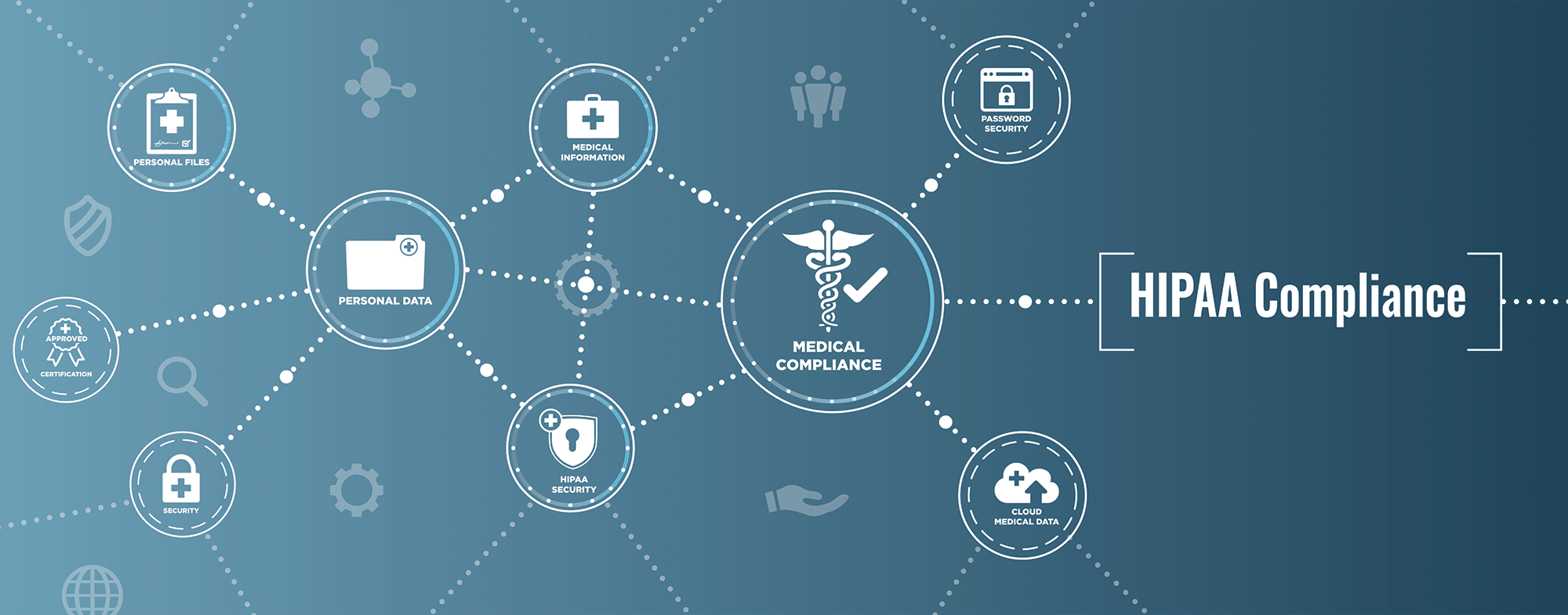Vulnerability Scans vs. Penetration Tests: Understanding the Key Differences
In today’s hyper-connected world, ensuring the cybersecurity of an organization is no longer optional but a critical necessity. Key to this is the identification of vulnerabilities within the system – an aspect that acts as the foundation for a robust defense against possible security infringements, safeguarding essential information and data assets. Central to achieving this objective are two dynamic tools – vulnerability scans and penetration tests. Although both instruments are concerned with identifying vulnerabilities, they do so in distinctly different ways and serve different purposes.
The objective of this article is to illuminate the processes and principles behind these two techniques, shedding light on their distinct methodologies, individual strengths, potential weaknesses, and the most appropriate scenarios for each tool’s application. By providing a comprehensive comparison of vulnerability scans and penetration tests, this guide aims to help healthcare professionals, IT staff, and business managers make informed decisions about their organization’s cybersecurity measures.
Vulnerability Scans
Vulnerability scans are a type of security assessment designed to identify vulnerabilities within an organization’s systems. Automated and relatively low in cost, they can be executed frequently and across various system components, such as servers, databases, networks, and applications.
Vulnerability scans typically employ a database of known vulnerabilities, comparing system configurations to this database to identify potential risks. The results offer an overview of the detected vulnerabilities, their severity, and suggestions for remediation.
The type of vulnerabilities identified through vulnerability scans include misconfigurations, outdated software, and missing patches, among others.
However, vulnerability scans have their limitations. Their automated nature means they may generate false positives, requiring further validation. Additionally, they only identify known vulnerabilities, leaving systems susceptible to zero-day attacks.
Penetration Tests
On the other hand, penetration tests are simulated cyber-attacks on a computer system, performed to evaluate its security. They are designed to exploit vulnerabilities in the system, whether they be software bugs, system configurations, or other operational weaknesses.
A successful penetration test will provide evidence of how a malicious actor might breach the system’s security controls. It will also give a more realistic view of the potential damage and impact of a real-world attack.
Penetration tests can identify vulnerabilities such as injection flaws, broken authentication, insecure direct object references, and many more. These tests provide more detailed information on specific vulnerabilities and can identify complex security issues that automated scans might miss.
However, penetration tests are more resource-intensive, require more time, and are more costly compared to vulnerability scans. They also require a higher level of expertise to execute and analyze effectively.
Key Differences Between Vulnerability Scans and Penetration Tests
Understanding the key differences between a vulnerability scan vs. penetration test is essential for organizations hoping to leverage these tools effectively, ensuring a comprehensive cybersecurity defense strategy. A superficial glance might lead one to believe that these tools are interchangeable or repetitive. However, a closer examination reveals that they serve distinct but complementary roles in a well-rounded cybersecurity framework.
Approach and Purpose
Vulnerability scans and penetration tests, though both integral to a cybersecurity toolkit, exhibit fundamental differences in their approach and purpose. Vulnerability scans adopt a ‘breadth-first’ approach, aiming to expose as many known vulnerabilities in an organization’s systems as possible. These scans methodically check for known weaknesses and generate a list of susceptibilities, along with their severity, and potential remediation.
On the other hand, penetration tests adopt a ‘depth-first’ approach, wherein a cybersecurity professional attempts to exploit discovered vulnerabilities, akin to a real-world attacker. These tests aim to not only identify the weaknesses but also to understand their potential impact on the system. The objective is to test the organization’s ability to detect and respond to an attack, and to evaluate the effectiveness of existing security measures.
In other words, while vulnerability scans tell us “what might go wrong,” penetration tests show us “how it could happen and how bad it could be.”
Scope and Depth of Testing
The scope and depth of testing also differ significantly between vulnerability scans and penetration tests. Vulnerability scans, being automated, cover a broad range of systems and vulnerabilities but often lack in-depth information on specific steps to exploit each vulnerability. They provide a high-level view of the state of system security and are generally limited to identifying known vulnerabilities in software, operating systems, and networks.
In contrast, penetration tests focus on a narrower scope but probe deeper into potential security flaws. They simulate real-world attack scenarios to expose vulnerabilities that automated tools might miss, including weaknesses in business processes and employee behaviors. Penetration testers often have the flexibility to deviate from the planned test course and follow any unexpected leads discovered during the testing process, leading to a more comprehensive exploration of system vulnerabilities.
Cost and Resources
In terms of cost and resources, vulnerability scans are less demanding. These automated scans can be conducted with relatively low financial and human resource investment, making them a more feasible option for smaller organizations or for more frequent testing. However, while they are cost-effective, their results can generate false positives, necessitating manual validation, and they may fail to detect complex security flaws.
On the other hand, penetration tests are more resource-intensive, both in terms of financial costs and manpower. They require skilled cybersecurity professionals, who understand system vulnerabilities and attack vectors, to conduct the test and interpret the results effectively. The depth and thoroughness of penetration tests make them more expensive, but they provide a more accurate picture of system vulnerabilities and potential attack impacts.
Compliance and Regulations
Compliance and regulatory requirements can greatly influence the choice between vulnerability scans and penetration tests. Various industry standards and regulations, like the Health Insurance Portability and Accountability Act (HIPAA) or the Payment Card Industry Data Security Standard (PCI DSS), mandate regular vulnerability scans and, in some cases, penetration tests. Thus, organizations operating under these regulations must incorporate both into their cybersecurity frameworks.
It’s critical that organizations carefully consider their regulatory environment when choosing these cybersecurity tools. Both vulnerability scans and penetration tests have a role in regulatory compliance, and a balanced strategy often requires both. Organizations must navigate this landscape carefully, consulting with legal and compliance experts as necessary.
Integration and Continuous Monitoring
The integration of vulnerability scans and penetration tests into an organization’s cybersecurity strategy is crucial for ongoing defense against ever-evolving threats. Regular scanning and testing using both tools offer a more holistic view of an organization’s security posture and can identify emerging threats and vulnerabilities, allowing for timely mitigation.
Vulnerability scans should be run regularly to detect new vulnerabilities introduced through software updates or configuration changes. Likewise, penetration tests should be conducted periodically to assess the potential impact of these vulnerabilities and to uncover any that may have been missed by the automated scans. This combination of continuous monitoring and regular testing helps create a dynamic defense.
Choosing the Right Tool for Your Organization
The choice between vulnerability scans and penetration tests ultimately comes down to the specific requirements and resources of your organization. Aspects such as budgetary constraints, system complexity, regulatory obligations, and the nature of data being handled should influence this decision. In addition, when choosing a vendor to carry out these tests, it’s important to take into account their expertise, track record, and the alignment of their services with your organizational needs.
It is generally advantageous to incorporate both vulnerability scans and penetration tests into your cybersecurity blueprint. Regular vulnerability scans can pinpoint known vulnerabilities for swift mitigation, while periodic penetration tests can yield a more exhaustive analysis of your system’s security posture.
Moreover, these tests should be seen as an ongoing commitment rather than isolated events, integrated into a holistic cybersecurity plan. Regularly planned tests, coupled with continuous monitoring and system upgrades, can ensure that your organization remains abreast of new threats and vulnerabilities as they emerge.
Conclusion
While vulnerability scans and penetration tests are both potent instruments for uncovering vulnerabilities, they are designed to fulfill different objectives and offer separate insights. Vulnerability scans furnish a comprehensive overview of known vulnerabilities, making them a suitable choice for consistent, widespread system checks. Penetration tests, on the other hand, offer an intensive exploration into how specific vulnerabilities could be exploited, providing precious insights into potential security intrusions.
In the final analysis, a sturdy cybersecurity strategy should not rely exclusively on one over the other. Instead, these tools should be viewed as complementary, each playing an indispensable role in preserving the security integrity of an organization. Regular implementation of vulnerability scans, supplemented by intermittent penetration tests, will ensure a comprehensive defense against potential cyber threats.
As cyber threats persistently advance and increase in complexity, it is more crucial than ever for organizations to prioritize cybersecurity. Through the consistent conduct of both vulnerability scans and penetration tests, organizations can detect and remediate vulnerabilities, significantly reducing the risk of costly and disruptive cyber-attacks.







